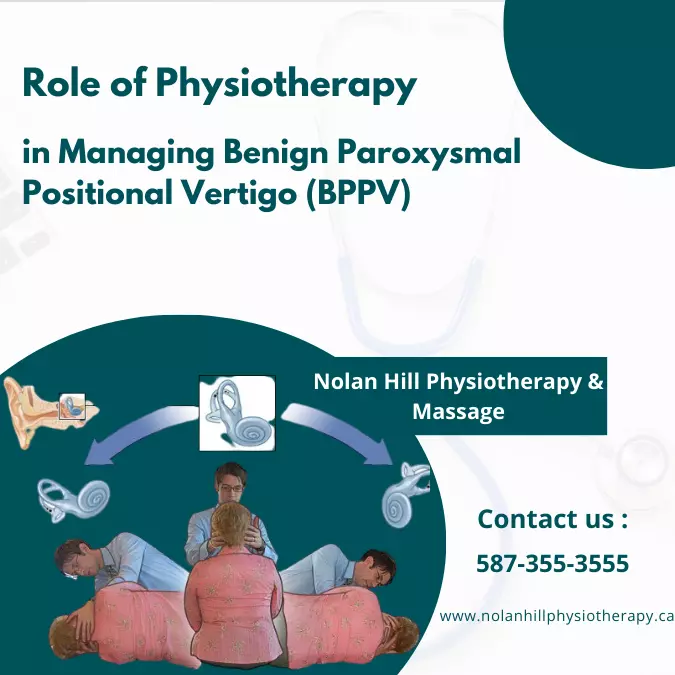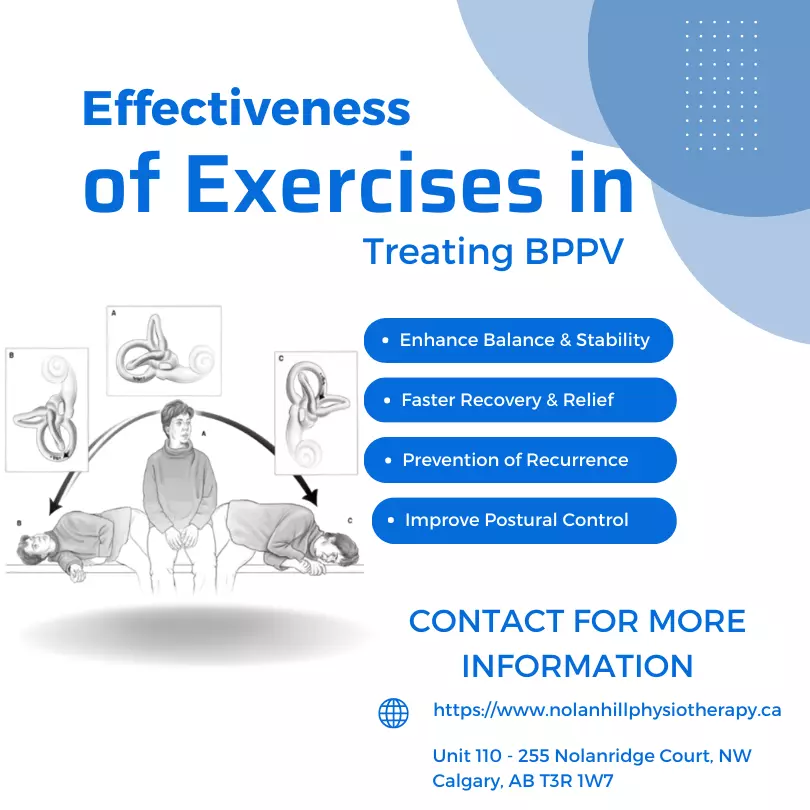Physiotherapy Interventions For BPPV In Older Adults: Challenges And Considerations
As the sands of time slowly creep up, so too can the onset of certain conditions. Benign Paroxysmal Positional Vertigo (BPPV) is one such condition that has been known to affect older adults in particular. Here we will explore the unique challenges and considerations physiotherapists must take into account when treating BPPV in an older adult population; from understanding prevalence and impact of BPPV to implementing treatment strategies and home exercises for self-management.
It is clear that there are many layers to consider when providing effective care for this group, so let us dive in and explore these nuances together.
Understanding Benign Paroxysmal Positional Vertigo (BPPV)
Benign Paroxysmal Positional Vertigo (BPPV) is like a rollercoaster ride gone wrong; it can cause dizziness, disorientation, and vertigo in older adults. It is essential to understand the condition before attempting any interventions.
BPPV is caused by loose calcium crystals that move into one of the small tubes in the inner ear, disrupting normal balance signals. The effects of this disruption can be felt as vertigo or a spinning sensation when moving into certain positions.
Treatments often involve repositioning of the head or body to correct positioning of these crystals. Physiotherapists must be aware of the challenges posed by BPPV in older adults, such as increased risk for falls and difficulty with exercises due to physical restrictions.
By understanding BPPV’s causes and consequences, physiotherapists will be better equipped to provide effective interventions for their patients.
Prevalence and Impact of BPPV in Older Adults
The devastating effects of BPPV can be felt by elderly people, making life difficult and challenging. Older adults are more likely to experience the symptoms of BPPV due to their age-related changes in balance systems and a decrease in vestibular functioning.
Studies have found that BPPV is one of the most common causes of vertigo among older adults, affecting up to 8-10% of individuals over the age of 60. Sufferers may experience dizziness or vertigo when moving their head in certain positions, difficulty standing or walking without assistance, nausea, light headedness, or disorientation. These symptoms can lead to an increased risk for falls and other accidents resulting from impaired mobility and balance.
Browse: BPPV Treatment in NW Calgary
The physical and psychological impact of living with this condition can also cause depression or anxiety, which further hinders an individual’s quality-of-life. Physiotherapy interventions are essential for managing BPPV in older adults as they provide relief from symptoms while helping them regain control over their movement capabilities.
Age-Related Considerations in BPPV Treatment
With age comes a unique set of considerations when it comes to treating BPPV, making managing the condition more difficult. Physiotherapy interventions for BPPV must be tailored to individual needs in order to ensure effective outcomes. Age-related issues may include: reduced mobility; decreased balance; and limited physical endurance. Additionally, older adults often have co-existing conditions that can influence treatment and recovery.
Browse: EFFECTIVENESS OF HOME EXERCISES IN TREATING BPPV
Consideration | Impact on Treatment | Mitigation Strategy |
Reduced Mobility | Difficulty performing exercises correctly or at all | Adapt movements or exercises to suit their abilities, use assistive devices where necessary, provide verbal cues and corrections during exercise performance. |
Decreased Balance | Higher risk of falls or injury due to lack of stability while moving | Introduce an appropriate balance program as part of rehabilitation, focus on strengthening core muscles and improving proprioception and visual awareness. Provide adequate supervision during activities until the patient is able to perform them independently with confidence. |
Limited Physical Endurance/Co-Existing Conditions | | Difficulty completing treatments as prescribed due to pain or fatigue from comorbidities such as arthritis or diabetes mellitus. Longer recovery times from injuries caused by falls due to weakened muscle mass or osteoporosis etc. | Modify intensity level of therapies according to individual’s capacity; combine stretching/strengthening exercises with relaxation techniques; encourage regular rest periods throughout the day; adapt physiotherapy interventions depending on severity/duration of condition(s). |
Treatment Strategies for BPPV in Older Adults
Treating BPPV in older adults can present unique challenges, but with the right strategies, successful outcomes are possible. Physiotherapy interventions for BPPV in this population can involve a variety of techniques. These techniques include repositioning maneuvers to displace otoconia from the affected semicircular canal, balance retraining exercises to improve stability and coordination of movement, and vestibular rehabilitation to reduce dizziness and increase balance.
Browse: ROLE OF PHYSIOTHERAPY IN MANAGING BENIGN PAROXYSMAL POSITIONAL VERTIGO (BPPV)
Also, pharmacological treatments like anti-emetics may be used to provide relief from nausea associated with vertigo episodes. For optimal results, it’s important to tailor treatment strategies depending on individual patient needs and characteristics. Moreover, practitioners should also consider if the underlying cause of BPPV is related to another condition or age-related changes like decreased mobility or vision impairments that might affect treatment outcomes.
Home Exercises and Self-Management Strategies
You can help manage symptoms of BPPV and improve your balance with simple home exercises that don’t require any special equipment. They include head-turning exercises, such as the Epley maneuver, which is done in a sitting or lying position. For this exercise, you slowly move your head in a repetitive pattern while keeping your eyes open and focused on an object.
You should also do shoulder shrugs and neck stretches to reduce tension in the neck muscles. Balance exercises are important too; standing on one foot or walking heel-to-toe can help improve posture and strength. Additionally, deep breathing techniques can be very helpful for older adults with BPPV since they provide relaxation and improved concentration.
Browse: VESTIBULAR REHABILITATION TECHNIQUES FOR BPPV MANAGEMENT
To maximize success, it’s important to stick to an exercise regimen consistently over time for best results.



